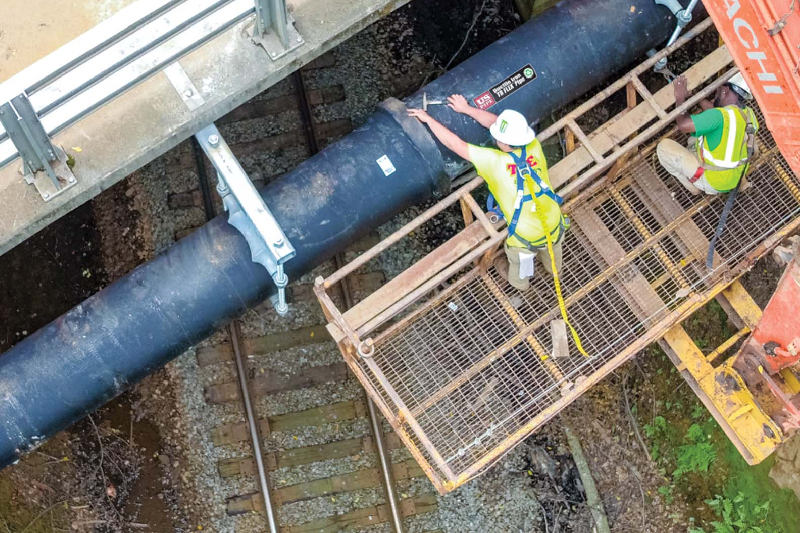
Biden’s Ambitious Lead Pipe Replacement Plan Sparks Concerns: Who Bears the Cost?
In a groundbreaking move, President Joe Biden’s plan mandates the removal of all lead pipes nationwide within a decade. While hailed by environmental groups, there are concerns about the potential financial burden on consumers. The Environmental Protection Agency estimates a $45 billion cost, raising questions about how this expense might be passed on to water bill-paying consumers.The Bipartisan Infrastructure Law’s $15 billion allocation for lead pipe removal is seen as a significant step, but challenges persist. Erik D. Olson from the Natural Resources Defense Council highlights that utility companies, ultimately deciding whether to absorb the full cost, play a pivotal role. The proposed rule, however, lacks explicit requirements for utilities to cover the entire expense, raising concerns about accountability.
Lead contamination, a prevalent issue in cities like Washington, D.C., poses severe health risks, particularly affecting marginalized communities. Biden’s plan focuses on utility-managed pipes, omitting those on private property. Olson emphasizes the importance of holding water utilities accountable for these replacements, as charging individual homeowners may result in delays, especially among low-income residents.
DC Water acknowledges concerns about funding private-side replacements within the proposed rule’s timeframe. With 46,000 lead service lines in the process of replacement, DC Water outlines initiatives in its “Lead Free DC Plan,” including federal funding, legislative mandates, and partnerships for cost-effective replacements. The company remains committed to ensuring affordable drinking water for its customers.
WSSC Water, in the process of reviewing plumbing records, emphasizes proactive measures taken since the early 2000s. Despite having replaced all lead service lines, the utility continues to collaborate with federal partners to secure funding for ongoing efforts.
The D.C. government offers a program to assist homeowners in replacing lead pipes on private property. The EPA’s plan, open for public comments for 60 days, aims for a final version next fall. As the nation grapples with aging infrastructure, the balance between infrastructure imperatives and customer affordability remains a critical challenge in realizing Biden’s ambitious vision.




